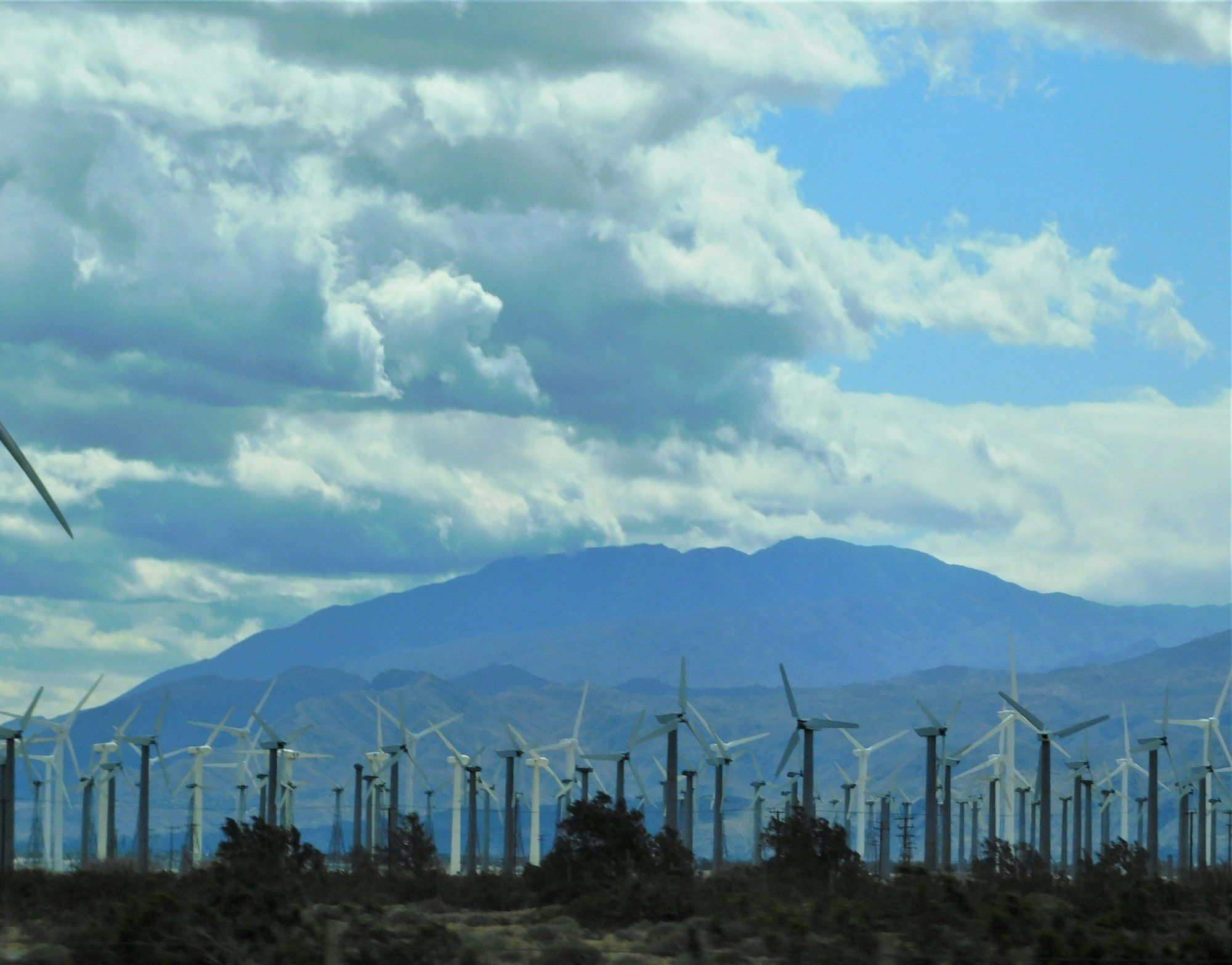Maximizing solar panel efficiency can drastically cut energy costs and enhance your smart home experience. With the right tools, monitoring production via your smartphone is not only feasible but also user-friendly. This guide simplifies the process, offering insights into apps and devices that elevate energy management while providing real-time updates. Join the journey to harness solar power effectively and make informed decisions with just a tap on your screen. Ready to take control of your energy future?
Understanding Solar Energy Tracking
Solar energy has become a cornerstone of sustainable living, offering numerous benefits such as reduced electricity bills and a lower carbon footprint. However, the key to maximising these benefits lies in effective solar energy monitoring. By keeping a close eye on solar panel performance, homeowners can ensure optimal energy production and identify any issues early on.
Also to discover : Elevate Your Travel Planning: Crafting and Sharing Interactive Itineraries with Your Smartphone
Smart home integration plays a crucial role in enhancing solar energy management. With the help of smart technology, homeowners can automate energy consumption based on solar production, leading to increased energy efficiency. For instance, smart thermostats can adjust heating and cooling systems to align with peak solar output times, thus saving energy and reducing costs.
Moreover, smart home systems can provide real-time data on energy usage and production. This data is invaluable for making informed decisions about energy consumption patterns and identifying opportunities for further efficiency improvements. By integrating solar energy monitoring with smart home technology, homeowners can not only track their energy production but also enhance their overall energy management strategy. This integration ultimately leads to a more sustainable and cost-effective household.
This might interest you : Mastering Smart Home Lighting: A Complete Guide to Voice Command Setup and Management
Recommended Smartphone Applications for Solar Tracking
In the realm of solar tracking apps, several stand out for their ability to enhance mobile monitoring. These applications offer a convenient way to keep tabs on solar energy production, ensuring homeowners get the most from their solar panels.
Top Apps for Tracking Solar Energy Production
-
SolarEdge Monitoring: Known for its comprehensive data analytics, this app is favoured for its user-friendly interface and detailed insights into energy production.
-
Enphase Enlighten: This app provides real-time monitoring and offers a unique feature that allows users to track energy production at the individual panel level.
-
Sunny Portal: With its robust reporting features, this app is ideal for users who need detailed performance metrics and historical data.
Key Features to Look For
When choosing a solar tracking app, consider features such as real-time data updates, user-friendly interfaces, and detailed analytics. The ability to generate reports and historical data tracking is also beneficial.
User Reviews and Ratings
User reviews often highlight the importance of intuitive design and reliable performance. Apps with high ratings typically offer seamless integration with existing solar systems and provide valuable insights that aid in energy management.
Setting Up Your Solar Monitoring System
Setting up a solar monitoring system can initially seem daunting, but with a clear guide, it becomes manageable. Begin with the solar panel installation. Ensure your panels are correctly positioned for maximum sunlight exposure. Once installed, it's time to focus on the app setup.
First, download a recommended solar tracking app, such as SolarEdge Monitoring, onto your smartphone. Follow the user guide provided by the app developer to connect your phone to the solar energy system. This typically involves creating an account, inputting system details, and pairing your device with the solar inverter.
Common setup issues include connectivity problems and incorrect data display. If you encounter these, check your internet connection and ensure your smartphone is within range of the solar inverter. Rebooting both the app and the inverter can often resolve minor glitches.
In case of persistent issues, consult the user guide or contact customer support for assistance. Remember, a well-configured solar monitoring system not only optimises energy production but also aids in identifying potential performance issues early, ensuring your solar investment is both efficient and effective.
Data Visualization and Analytics
Understanding solar energy data is crucial for optimizing energy consumption and enhancing system performance. By leveraging energy data visualization, homeowners can gain valuable insights into their solar panel efficiency and energy usage patterns.
Interpreting Performance Graphs and Statistics
Performance graphs provide a visual representation of your solar system's output over time. Key metrics such as daily energy production, peak performance hours, and efficiency rates are typically displayed. Understanding these metrics allows you to pinpoint when your system is performing optimally and when it might need maintenance.
Utilizing Data for Optimization
With usage insights derived from data analytics, homeowners can make informed decisions about their energy consumption. For example, aligning high-energy activities, like running appliances, with peak solar production times can significantly reduce electricity bills. Additionally, performance analytics can help identify trends and potential issues, enabling proactive maintenance.
To fully benefit from these insights, it’s essential to regularly review your solar energy data. By doing so, you can ensure your system operates at maximum efficiency, ultimately leading to increased savings and a more sustainable energy footprint. Embrace the power of data to transform your solar energy experience!
Alerts and Notifications for Energy Management
Efficient energy management hinges on timely energy alerts and effective notification setup. Setting up alerts for energy production thresholds is crucial. By establishing these thresholds, homeowners can receive real-time notifications when production falls below or exceeds certain levels. This proactive approach ensures that any anomalies in energy output are promptly addressed, preventing potential losses.
Real-time notifications are vital for maintaining energy efficiency. They offer immediate insights into the solar system's performance, enabling homeowners to make swift adjustments. For instance, if energy production spikes, users can decide to run high-energy appliances, optimising consumption and reducing costs.
Integrating alerts with smart home automation enhances this process further. By linking notifications to smart devices, homeowners can automate responses to energy alerts. For example, if solar production is high, smart thermostats can automatically adjust to use this surplus energy efficiently. This seamless integration not only improves energy management but also enhances the overall smart home experience.
In summary, setting up energy alerts and integrating them with smart home devices is a strategic move for optimising energy usage. It ensures that homeowners remain informed and responsive, maximising the benefits of their solar investment.
Troubleshooting Common Issues
Navigating solar monitoring issues can be challenging, especially when they disrupt energy management. Common problems include connectivity errors, inaccurate data display, and app crashes. These issues often stem from weak internet signals or outdated app versions.
Troubleshooting Steps
To address these problems, start by checking your internet connection. A stable Wi-Fi signal is crucial for accurate data transmission. If connectivity isn't the issue, ensure your app is updated to the latest version. Updates often fix bugs that could cause app crashes or data inaccuracies.
For persistent problems, consider reinstalling the app. This can resolve glitches and restore functionality. Additionally, verify that your smartphone is compatible with the solar monitoring app, as some features may not work on older devices.
When to Seek Technical Support
If these steps don't resolve the issue, it may be time to seek professional technical support. Contact the app developer's support team for assistance. They can provide detailed guidance tailored to your specific problem. In cases where hardware might be at fault, consulting a solar technician can ensure your system is operating correctly. Addressing these issues promptly will help maintain efficient energy management.
Maximizing Savings with Smart Home Technology
Harnessing smart home technology offers substantial cost savings by enhancing energy efficiency. By integrating solar monitoring with smart devices, homeowners can optimise energy use and reduce utility expenses.
Energy Efficiency Strategies
To start, align high-energy activities with peak solar production times. For instance, running appliances during these periods maximises solar energy use, reducing reliance on the grid. Smart thermostats and lighting systems can automatically adjust based on solar output, further enhancing energy efficiency.
Leveraging Smart Home Devices
Smart home devices play a crucial role in managing energy consumption. Devices like smart plugs and energy-efficient appliances can be programmed to operate during optimal solar production hours. This not only cuts down on electricity costs but also prolongs the lifespan of these devices by preventing overuse.
Successful Integration Case Studies
Consider the case of a homeowner who integrated smart home technology with their solar system. By employing smart thermostats and automated lighting, they achieved a 30% reduction in energy bills. This demonstrates the tangible benefits of combining solar energy with smart technology, ensuring both sustainability and economic savings.
In conclusion, leveraging smart home technology in conjunction with solar monitoring is a strategic approach to achieving significant cost savings and enhanced energy efficiency.










